Exploring The Hells Angels Subculture

Table of Contents
A Brief History of the Hells Angels
Early Years and Formation
The Hells Angels' origins trace back to post-World War II California. Founded in 1948, the club initially comprised veterans and other individuals drawn together by a shared love of motorcycles and a rebellious spirit. Their early activities revolved around motorcycle racing, bar brawls, and a general disregard for societal norms, establishing a foundation for their outlaw image.
- Early clubhouse locations: Initially based in San Bernardino, California, the club quickly expanded to other parts of the state.
- Initial membership demographics: The early members were predominantly veterans, reflecting the post-war landscape and the disillusionment felt by many returning servicemen.
- Early club activities: Activities included motorcycle racing, frequent bar fights, and various other acts of defiance against established authority.
Expansion and Territoriality
The Hells Angels' expansion across the United States and internationally is a testament to their organizational prowess and fiercely territorial nature. This expansion, however, has often led to violent conflicts with rival motorcycle gangs. The club's growth is marked by periods of intense activity, characterized by the establishment of new chapters and territorial disputes.
- Key expansion periods: The 1960s and 1970s witnessed significant expansion into numerous states and even internationally.
- Major chapters and their locations: Chapters are established strategically across various regions, establishing a significant presence in numerous states and countries.
- Significant conflicts with rival gangs: The Hells Angels have engaged in numerous violent conflicts with rival OMCs like the Bandidos and the Mongols, often fueled by territorial disputes and control over illegal activities.
Evolution of the Hells Angels Image
The iconic imagery of the Hells Angels—the death head logo, distinctive colors, and personalized patches—is integral to their identity and public perception. This symbolism has evolved over time, yet maintains a consistent message of rebellion and defiance.
- Symbolism of the death head: The death head, a prominent symbol, represents defiance, rebellion, and a disregard for authority.
- Significance of colors and patches: Specific colors and patches denote rank and chapter affiliation within the club, showcasing a complex internal hierarchy.
- Evolution of the club's insignia over time: While the core imagery has remained consistent, minor modifications and additions reflect the club's evolution and adaptation over the years.
The Hells Angels Subculture: Structure, Rituals, and Values
Club Structure and Hierarchy
The Hells Angels operate under a strict hierarchical structure, with various ranks and roles clearly defined. The path to becoming a full-patch member involves a rigorous probationary period, demanding unwavering loyalty and adherence to the club's rules.
- Prospect period: Prospective members ("prospects") undergo a lengthy period of proving their worth and commitment to the club.
- Patch requirements: Earning a full "patch" signifies full membership and acceptance into the brotherhood, bestowing a unique status within the club.
- Roles of different ranks (President, Vice President, Sergeant-at-Arms, etc.): The leadership structure is defined, with specific roles and responsibilities allocated to ensure smooth operation and internal control.
Initiation Rites and Rituals
While specific initiation rituals remain largely undisclosed, it's understood that the process solidifies loyalty and reinforces the club's identity. These rituals likely involve tests of loyalty, endurance, and commitment, underscoring the importance of brotherhood within the Hells Angels subculture.
- Details about the initiation process (if available publicly): Limited public information exists about precise initiation practices due to the secretive nature of the club.
- Importance of loyalty and brotherhood: Loyalty and brotherhood are paramount within the Hells Angels, and initiation reinforces these central values.
- Significance of club patches and colors: The earning of a full patch signifies the culmination of the initiation process and symbolizes membership within the elite ranks of the club.
Values and Beliefs
Despite their outlaw image, the Hells Angels operate according to a specific code of conduct emphasizing loyalty, brotherhood, and respect within the club. This internal structure, though often violent and criminal in its outward expression, provides a sense of belonging and purpose for its members.
- Importance of loyalty, brotherhood, and respect within the club: These values form the bedrock of the club’s internal dynamics and govern interactions amongst members.
- Conflict resolution mechanisms: Internal disputes are typically resolved through established processes within the club hierarchy, often involving violence or threats.
- Social code among members: A strict social code governs member interactions, promoting loyalty and cohesion within the group, while fostering a sense of isolation from the outside world.
The Hells Angels and the Law: Criminal Activity and Legal Ramifications
Documented Criminal Activities
The Hells Angels have a long history of involvement in various criminal activities. It is important to emphasize that these activities are attributed to the club and not every individual member. Law enforcement agencies worldwide have documented their involvement in drug trafficking, violence, racketeering, and other illegal enterprises.
- High-profile legal cases and convictions: Numerous high-profile legal cases have implicated the Hells Angels in organized crime, leading to significant convictions.
- Types of crimes frequently attributed to HAMC: Drug trafficking, weapons smuggling, extortion, and violence are frequently associated with the club's activities.
- The club's strategies to avoid detection and prosecution: The Hells Angels employ various strategies to evade law enforcement, including sophisticated communication systems and complex organizational structures.
Law Enforcement Strategies
Combating the Hells Angels presents significant challenges for law enforcement agencies worldwide. Their decentralized structure and strong internal loyalty hinder effective investigations. However, agencies utilize various strategies to combat their illegal operations.
- Surveillance techniques: Law enforcement agencies utilize sophisticated surveillance methods, including wiretaps and undercover operations, to monitor the club's activities.
- Undercover operations: Infiltrating the club through undercover agents is a crucial strategy for gathering evidence and prosecuting members involved in criminal activities.
- International collaboration among law enforcement agencies: International cooperation is essential to addressing the transnational nature of the Hells Angels' operations.
Public Perception and Media Portrayal
The media portrayal of the Hells Angels significantly shapes public perception. While some media representations glamorize the club, others highlight the inherent danger and criminality associated with them. Separating fact from fiction is crucial in understanding the true nature of the club.
- Examples of media representations (positive and negative): Media depictions vary from romanticized portrayals in films to factual accounts emphasizing the club's criminal activities.
- The impact of popular culture on the Hells Angels image: Popular culture has significantly contributed to both the romanticization and demonization of the Hells Angels, influencing public perception.
- The challenge of separating fact from fiction in media portrayals: It's important to critically analyze media representations and rely on reliable sources to form an accurate understanding of the Hells Angels.
Conclusion
This exploration of the Hells Angels subculture reveals a complex organization with a rich history, intricate internal structure, and undeniable connection to criminal activity. Understanding their history, rituals, and legal entanglements is crucial for comprehending the lasting impact of this iconic—and controversial—motorcycle gang. While the Hells Angels’ image is often sensationalized, examining their subculture with nuance provides valuable insight into the dynamics of outlaw motorcycle clubs and their place within broader societal contexts. Continue exploring the fascinating, yet complex world of the Hells Angels motorcycle gang to gain a deeper understanding of this enduring subculture. Further research into the outlaw motorcycle club culture will reveal more about the complexities of the Hells Angels and similar groups.

Featured Posts
-
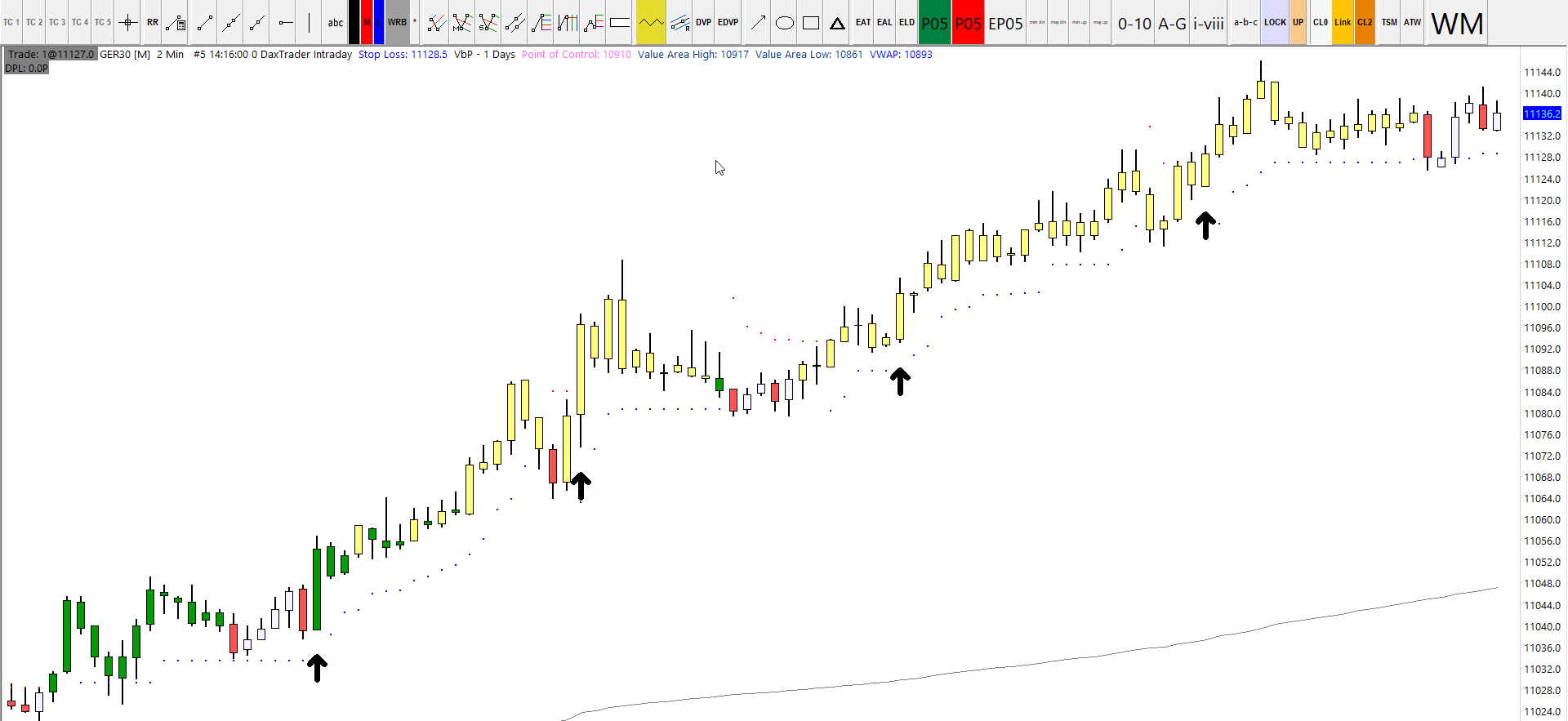 Frankfurt Dax Trading Day Ends With Losses Below 24 000
May 25, 2025
Frankfurt Dax Trading Day Ends With Losses Below 24 000
May 25, 2025 -
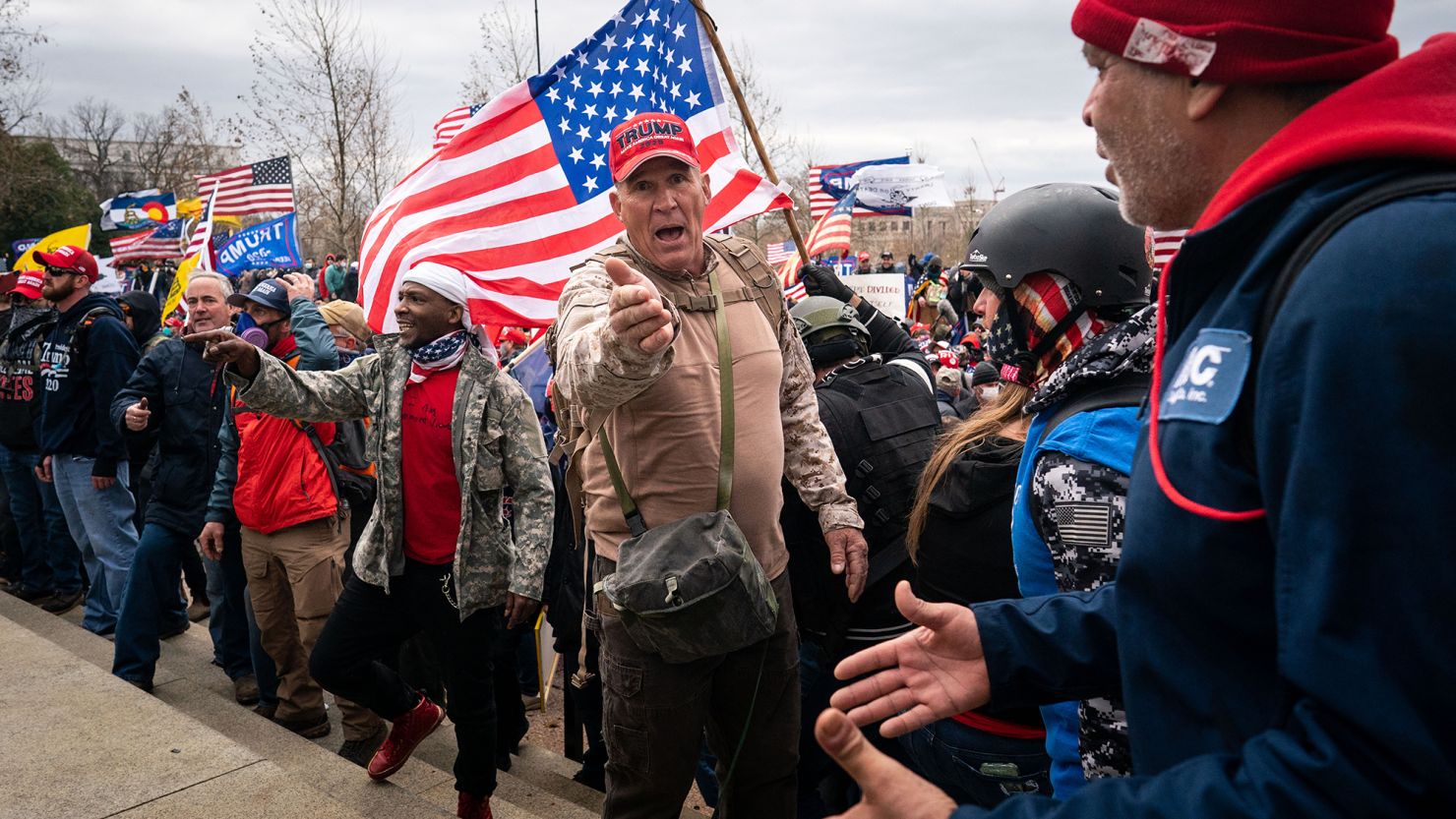 Ray Epps Sues Fox News For Defamation Jan 6th Claims At The Center Of The Lawsuit
May 25, 2025
Ray Epps Sues Fox News For Defamation Jan 6th Claims At The Center Of The Lawsuit
May 25, 2025 -
 Mamma Mia Ferrari Hot Wheels New Sets Revealed
May 25, 2025
Mamma Mia Ferrari Hot Wheels New Sets Revealed
May 25, 2025 -
 I Naomi Kampel Sta 54 Apolaystikes Diakopes Stis Maldives Me Ta Paidia Tis
May 25, 2025
I Naomi Kampel Sta 54 Apolaystikes Diakopes Stis Maldives Me Ta Paidia Tis
May 25, 2025 -
 Zheng Qinwens Breakthrough Italian Open Semifinal Spot After Sabalenka Win
May 25, 2025
Zheng Qinwens Breakthrough Italian Open Semifinal Spot After Sabalenka Win
May 25, 2025
Latest Posts
-
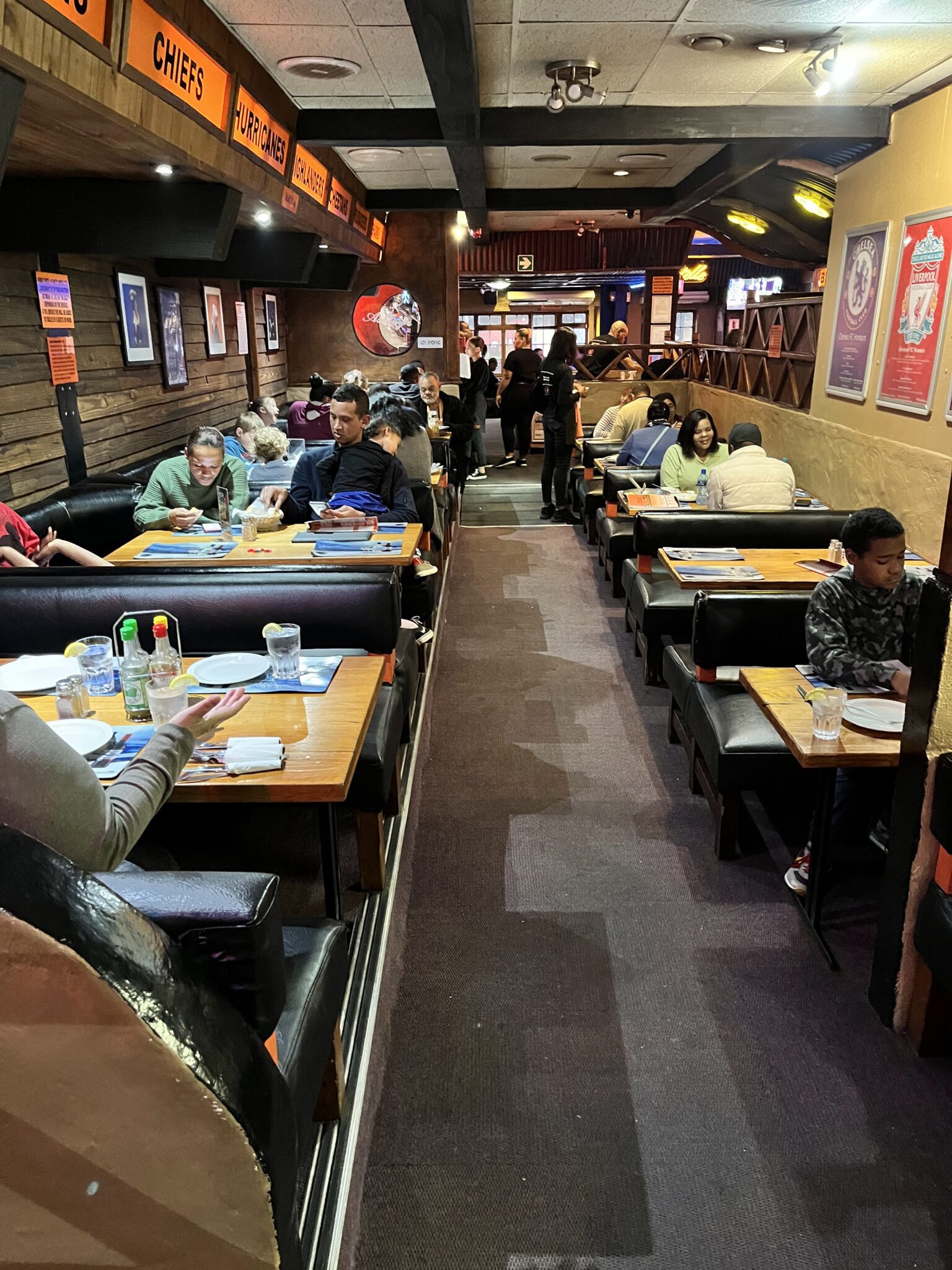 Young Oxfordshire Racers Goodwood Debut A Family Legacy
May 25, 2025
Young Oxfordshire Racers Goodwood Debut A Family Legacy
May 25, 2025 -
 Understanding Jenson And The Fw 22 Extended Line
May 25, 2025
Understanding Jenson And The Fw 22 Extended Line
May 25, 2025 -
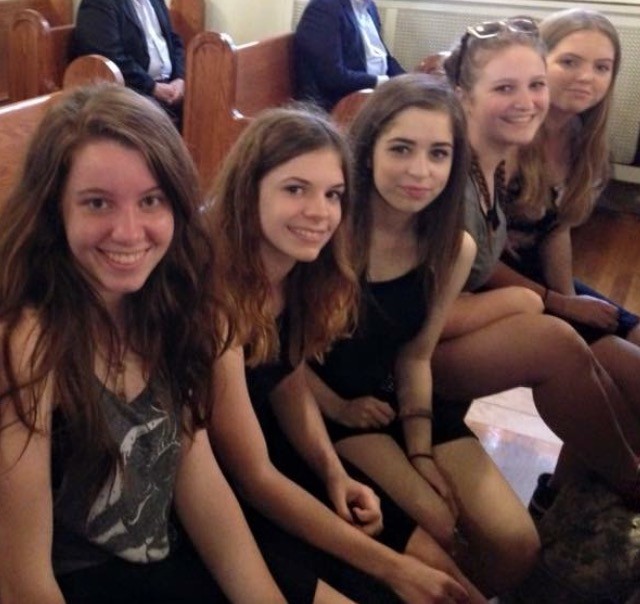 Goodwood Race Oxfordshire Teenager Honoring F1 Driver
May 25, 2025
Goodwood Race Oxfordshire Teenager Honoring F1 Driver
May 25, 2025 -
 Jenson Button Revisits His Championship Winning 2009 Brawn
May 25, 2025
Jenson Button Revisits His Championship Winning 2009 Brawn
May 25, 2025 -
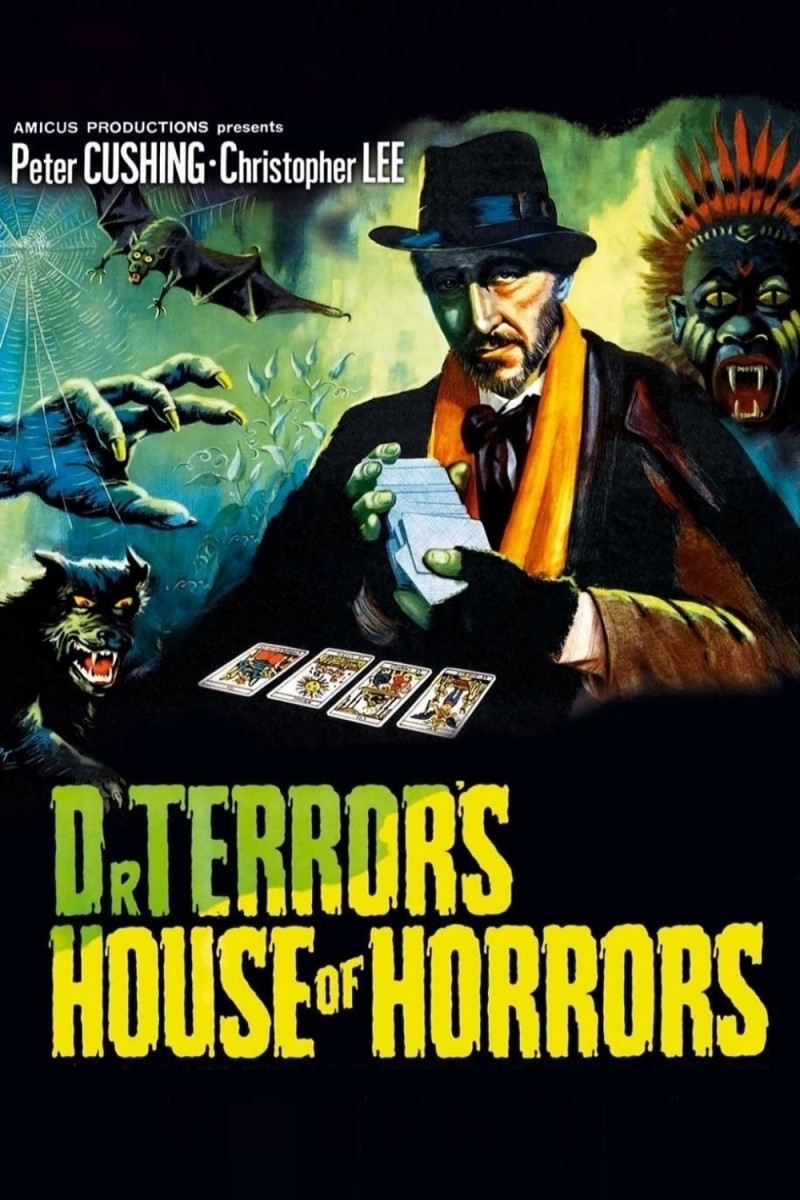 Dr Terrors House Of Horrors Your Ultimate Guide
May 25, 2025
Dr Terrors House Of Horrors Your Ultimate Guide
May 25, 2025
